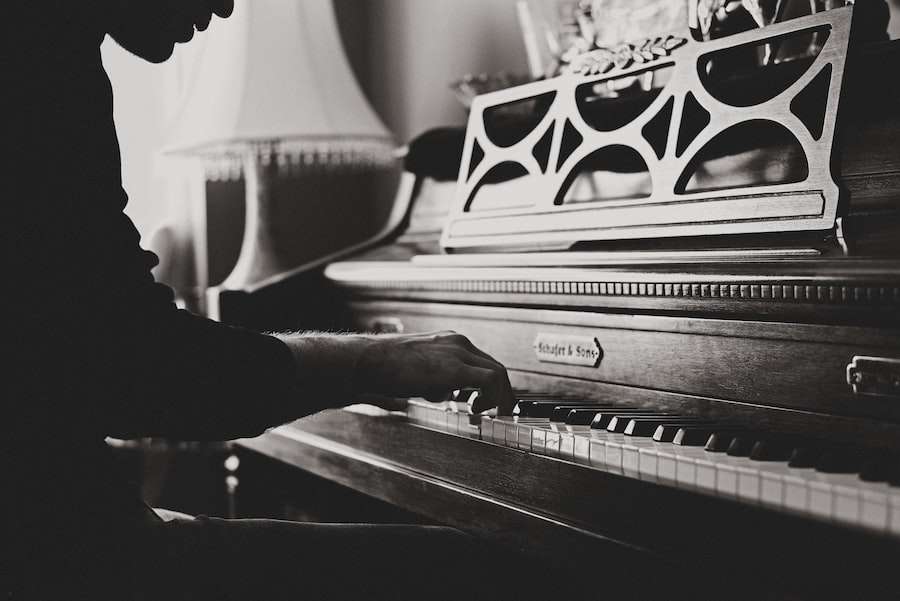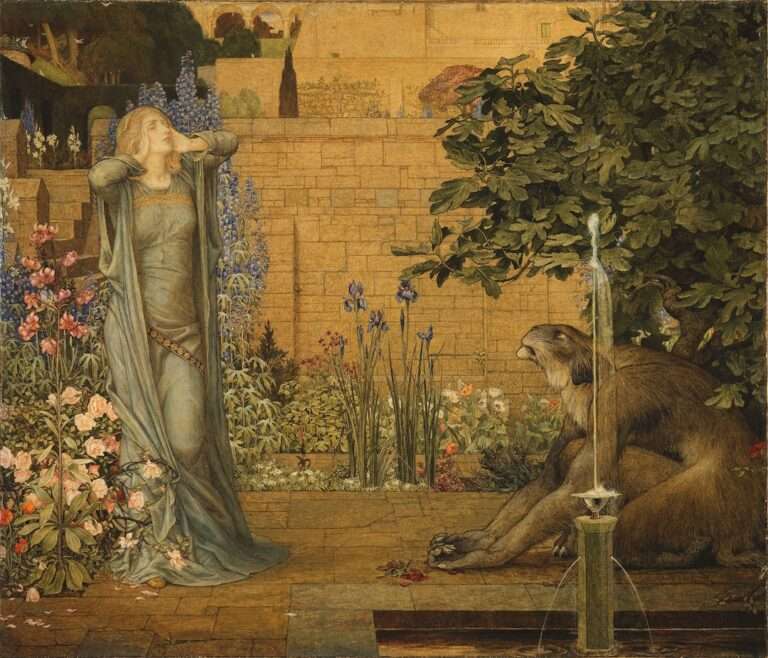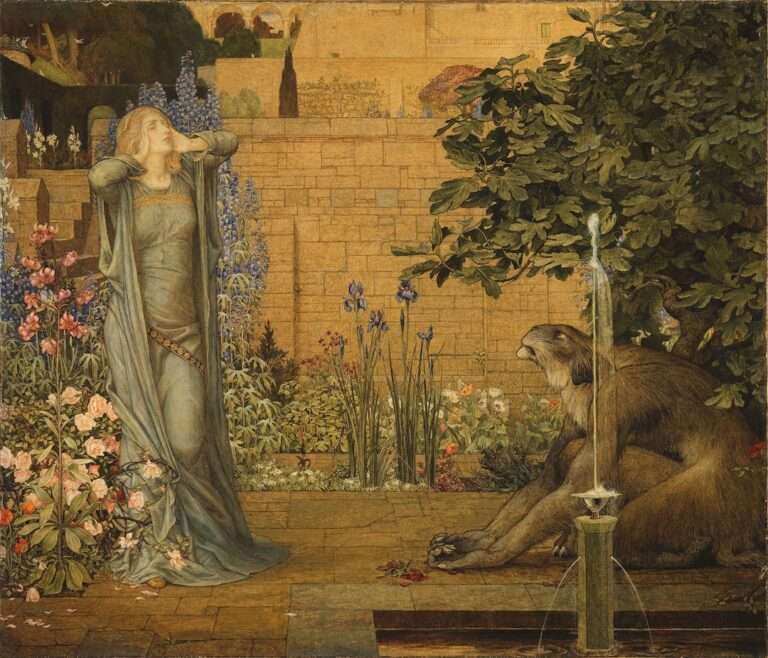Color Symbolism in Music and Entertainment

Color symbolism plays a significant role in music and entertainment, as it has the power to evoke emotions, convey messages, and create a specific atmosphere. Colors have long been associated with various emotions and meanings, and artists often use them strategically to enhance the impact of their work. Whether it’s through the use of color in music videos, album covers, or live performances, artists understand the power of color symbolism in capturing the attention of their audience and leaving a lasting impression.
Colors have the ability to evoke strong emotions and can be used to convey a wide range of feelings. For example, red is often associated with passion, love, and danger, while blue is linked to serenity, trust, and loyalty. Green symbolizes growth, renewal, and wealth, while yellow represents happiness, optimism, and creativity. Purple is often associated with royalty, luxury, and spirituality, while black conveys mystery, elegance, and rebellion. White symbolizes purity, innocence, and peace. By incorporating these colors into their music and performances, artists can tap into these emotions and create a deeper connection with their audience.
The Psychology of Color: How it Impacts Our Emotions
The psychology of color explores how different colors can impact our emotions and mood. Colors have the ability to evoke specific feelings and can influence our perception of a particular environment or situation. For example, warm colors like red, orange, and yellow are often associated with energy, excitement, and happiness. These colors can create a sense of warmth and positivity in music and entertainment.
On the other hand, cool colors like blue, green, and purple are often associated with calmness, serenity, and relaxation. These colors can create a more soothing atmosphere in music and entertainment. The use of color in music videos or live performances can set the tone for the entire experience. For example, a music video that uses warm colors like red and orange may create a sense of passion and intensity, while a video that uses cool colors like blue and green may create a more peaceful and serene atmosphere.
The Symbolism of Red: Passion, Love, and Danger
Red is a color that is often associated with strong emotions such as passion, love, and danger. In music and entertainment, the use of red can evoke feelings of intensity and excitement. Many artists use red strategically to convey these emotions in their songs and music videos. For example, Taylor Swift’s music video for “Bad Blood” features a predominantly red color scheme, which adds to the intensity and drama of the song. The use of red in this video helps to convey the message of passion and danger.
Another example is the music video for Beyoncé’s “Crazy in Love,” which also features a significant amount of red. The use of red in this video helps to convey the intense emotions associated with being crazy in love. Overall, the symbolism of red in music and entertainment is powerful and can add depth and meaning to the artist’s message.
The Meaning of Blue: Serenity, Trust, and Loyalty
Blue is a color that is often associated with serenity, trust, and loyalty. In music and entertainment, the use of blue can create a calming and peaceful atmosphere. Many artists use blue strategically to convey these emotions in their songs and music videos. For example, Coldplay’s music video for “Fix You” features a predominantly blue color scheme, which adds to the serenity and emotional impact of the song. The use of blue in this video helps to convey the message of finding solace and healing.
Another example is the music video for Lana Del Rey’s “Blue Jeans,” which also features a significant amount of blue. The use of blue in this video helps to convey the feelings of trust and loyalty associated with being in a committed relationship. Overall, the symbolism of blue in music and entertainment can create a sense of calmness and stability, enhancing the artist’s message.
Green Symbolism: Growth, Renewal, and Wealth
Green is a color that is often associated with growth, renewal, and wealth. In music and entertainment, the use of green can convey feelings of abundance and prosperity. Many artists use green strategically to convey these emotions in their songs and music videos. For example, CeeLo Green’s music video for “Forget You” features a significant amount of green, which adds to the sense of wealth and success portrayed in the song. The use of green in this video helps to convey the message of moving on and finding happiness.
Another example is the music video for Rihanna’s “Diamonds,” which also features a significant amount of green. The use of green in this video helps to convey the feelings of growth and renewal associated with overcoming challenges. Overall, the symbolism of green in music and entertainment can create a sense of abundance and prosperity, enhancing the artist’s message.
The Power of Yellow: Happiness, Optimism, and Creativity

Yellow is a color that is often associated with happiness, optimism, and creativity. In music and entertainment, the use of yellow can create a joyful and energetic atmosphere. Many artists use yellow strategically to convey these emotions in their songs and music videos. For example, Pharrell Williams’ music video for “Happy” features a significant amount of yellow, which adds to the overall joy and positivity of the song. The use of yellow in this video helps to convey the message of finding happiness in everyday life.
Another example is the music video for Coldplay’s “Yellow,” which also features a significant amount of yellow. The use of yellow in this video helps to convey the feelings of optimism and creativity associated with falling in love. Overall, the symbolism of yellow in music and entertainment can create a sense of happiness and positivity, enhancing the artist’s message.
Purple Symbolism: Royalty, Luxury, and Spirituality
Purple is a color that is often associated with royalty, luxury, and spirituality. In music and entertainment, the use of purple can create a sense of elegance and grandeur. Many artists use purple strategically to convey these emotions in their songs and music videos. For example, Prince’s music video for “Purple Rain” features a significant amount of purple, which adds to the overall sense of royalty and grandeur of the song. The use of purple in this video helps to convey the message of finding solace and strength in difficult times.
Another example is the music video for Lorde’s “Royals,” which also features a significant amount of purple. The use of purple in this video helps to convey the feelings of luxury and opulence associated with fame and success. Overall, the symbolism of purple in music and entertainment can create a sense of elegance and grandeur, enhancing the artist’s message.
The Significance of Black: Mystery, Elegance, and Rebellion
Black is a color that is often associated with mystery, elegance, and rebellion. In music and entertainment, the use of black can create a sense of intrigue and sophistication. Many artists use black strategically to convey these emotions in their songs and music videos. For example, Michael Jackson’s music video for “Thriller” features a significant amount of black, which adds to the overall sense of mystery and suspense of the song. The use of black in this video helps to convey the message of danger and darkness.
Another example is the music video for Madonna’s “Like a Prayer,” which also features a significant amount of black. The use of black in this video helps to convey the feelings of rebellion and defiance associated with challenging societal norms. Overall, the symbolism of black in music and entertainment can create a sense of mystery and rebellion, enhancing the artist’s message.
White Symbolism: Purity, Innocence, and Peace
White is a color that is often associated with purity, innocence, and peace. In music and entertainment, the use of white can create a sense of tranquility and purity. Many artists use white strategically to convey these emotions in their songs and music videos. For example, Sia’s music video for “Chandelier” features a significant amount of white, which adds to the overall sense of innocence and vulnerability of the song. The use of white in this video helps to convey the message of finding strength in vulnerability.
Another example is the music video for Coldplay’s “Viva la Vida,” which also features a significant amount of white. The use of white in this video helps to convey the feelings of peace and serenity associated with letting go of power and control. Overall, the symbolism of white in music and entertainment can create a sense of purity and peace, enhancing the artist’s message.
Color Symbolism in Music Videos and Live Performances: Examples and Analysis
Color symbolism is often used effectively in music videos and live performances to enhance the overall message and impact of the music. Artists carefully select colors that align with the emotions they want to convey and use them strategically throughout their visual presentations. For example, Lady Gaga’s music video for “Bad Romance” features a combination of red, black, and white, which adds to the overall sense of passion, mystery, and purity of the song. The use of these colors helps to convey the message of love, danger, and vulnerability.
Another example is Beyoncé’s live performance at the 2016 MTV Video Music Awards, where she performed a medley of songs from her album “Lemonade.” The performance featured a combination of yellow, red, and black, which added to the overall sense of happiness, passion, and rebellion. The use of these colors helped to convey the message of empowerment and resilience.
In conclusion, color symbolism plays a crucial role in music and entertainment. Colors have the power to evoke emotions, convey messages, and create a specific atmosphere. Artists strategically use colors to enhance the impact of their work and create a deeper connection with their audience. Whether it’s through the use of color in music videos, album covers, or live performances, color symbolism adds depth and meaning to the artist’s message. The psychology of color further emphasizes the impact that colors can have on our emotions and mood. By understanding the symbolism of different colors, artists can effectively use them to create a powerful and memorable experience for their audience.
If you’re interested in exploring the fascinating world of symbolism, you might also enjoy delving into the symbolism of the star. Stars have long been associated with various meanings and interpretations, from representing guidance and hope to symbolizing divine presence. To learn more about the symbolism behind stars and how they have influenced different cultures and belief systems, check out this insightful article on SymbolismHub.com.
FAQs
What is color symbolism in music and entertainment?
Color symbolism in music and entertainment refers to the use of colors to convey certain emotions, moods, or themes in songs, music videos, movies, and other forms of entertainment.
What are some common color associations in music and entertainment?
Some common color associations in music and entertainment include red for passion or danger, blue for sadness or tranquility, green for nature or envy, yellow for happiness or caution, and black for darkness or mystery.
How do artists use color symbolism in their work?
Artists use color symbolism in their work by incorporating certain colors into their lyrics, album covers, music videos, and stage performances to enhance the overall message or theme of their work.
What is the significance of color symbolism in music and entertainment?
Color symbolism in music and entertainment can add depth and meaning to a piece of work, evoke certain emotions or moods in the audience, and help artists convey their intended message more effectively.
Can color symbolism vary across different cultures?
Yes, color symbolism can vary across different cultures. For example, in Western cultures, white is often associated with purity or innocence, while in some Asian cultures, it is associated with death or mourning.





